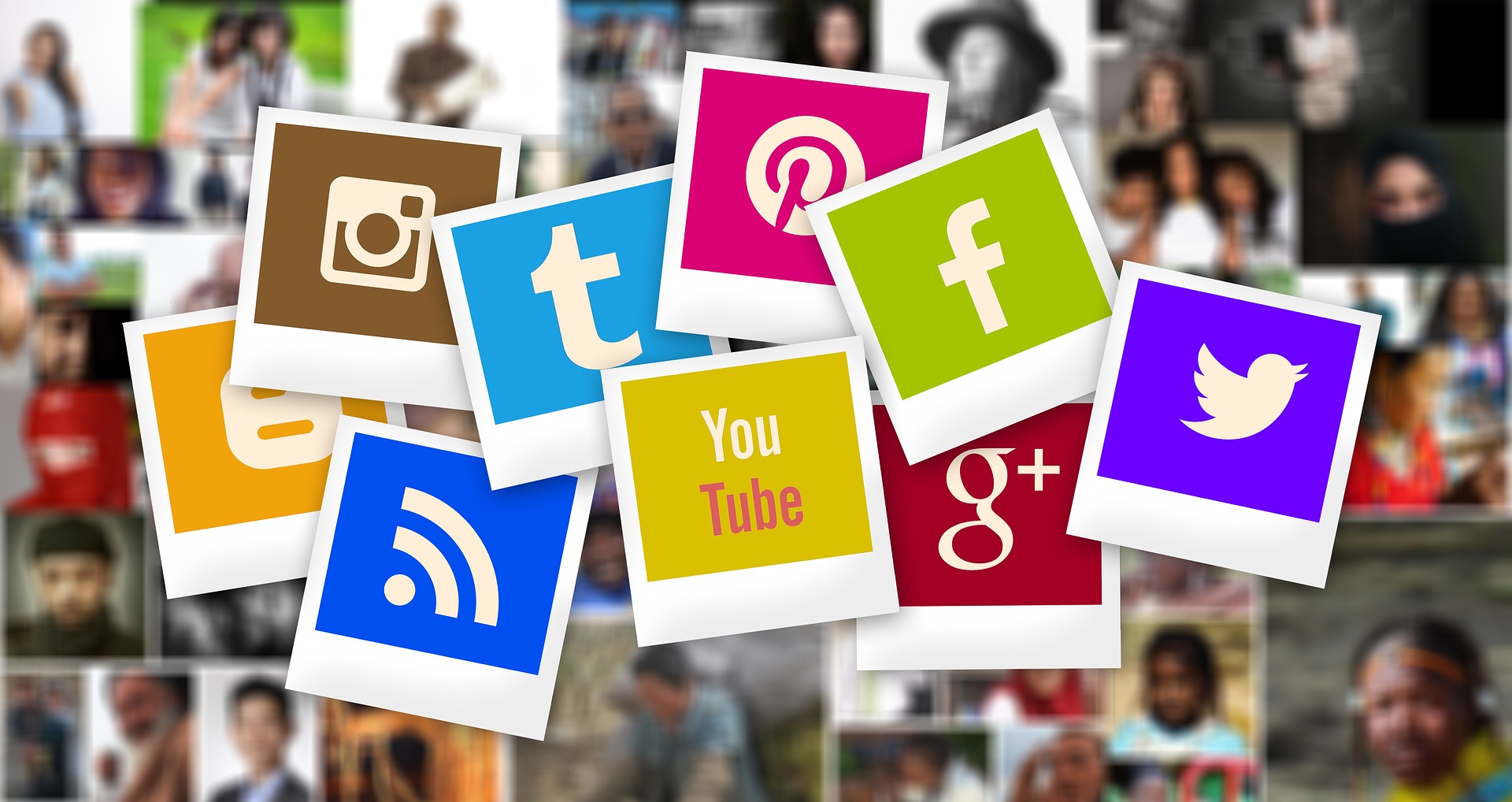For marketing and PR teams, social media is a gateway to engagement. New and emerging platforms in particular are ideal tools for reaching a specific audience or participate in a trending conversation. And that’s where most brands want to be. So, what’s new?
BeReal. Discord. Even Twitter Spaces. We’ve all heard about them, but what should PR people know, and how can we use them?
Research dynamic conversations, in real time
By most accounts, Twitter is not in a very good place right now. Yet PR teams shouldn’t overlook features like Twitter Spaces. It was inspired by Clubhouse, the pandemic-era audio application that connects people around the world and was briefly the Next Big Thing. Like Clubhouse, Twitter Spaces allows for live audio conversations, where thousands can join the community for a lively discussion in real time.
As a result of this Twitter update, PR professionals can “eavesdrop” on conversations and gain relevant knowledge from curated audiences. Conversations in these spaces can not only be educational but entertaining as well, you never know who will be in any given space at any given time. Elon Musk briefly joined a Twitter Spaces conversation and made headlines when he spoke to reporters who were previously banned from the platform.
The appeal of Twitter Spaces is obvious. And while Clubhouse might work better as a standalone platform for some brands, Twitter Spaces’ audience, at over 200 million, far outstrips that of Clubhouse, which peaked at 10 million. Who wouldn’t want to listen in as influencers, celebrities, and journalists share what’s on their minds in a way that isn’t restrained by 280 characters?
Spreading the news
PR professionals are always looking for fresh ways to engage across versatile media platforms. While “Twitter Spaces” may offer a novel experience on a familiar platform, there are also newer opportunities. Discord, a VoIP (voice-over internet protocol), is very different from most social media. And while it’s not new, it has emerged as a powerful research and engagement tool. It features live customizable participation and collaboration in various forms all at once. Discord lets users participate in various chat rooms that may be either private and invite-only or publicly accessible. Servers within each channel offer interactive video, voice, and text features. The multitude of features lets PR teams put out content in nearly any format and take in lots of information in one application. Also bots make it possible for participants to join creatively through gaming, making the experience more interactive. It adds up to a social tool for communicating with like-minded sources and brands interested in systems that offer more than a back-and-forth email chain.
Now let’s be real…and authentic
In a world where more social filters often means more users, “authentic” is not the word that comes to mind. But the opportunity for users to be “real” is something that has endeared BeReal to Gen Z in particular. Although it’s limited by the number of people with whom you can share, the photo-sharing app has garnered the attention of brands like Chipotle. Its success even pushed Instagram to release similar dual-camera features. With uncurated and ad-free content, what you see is what you get. The content is actual, unedited, and shown within a two-minute window. BeReal is an application that provides brand awareness at a different level than we’ve seen before. It’s more intimate, and in many ways changes the certain standards for users. With everyone receiving the same notification at an exact time to share a photo, the application captures daily life. That makes it a useful research tool as well as an engagement platform.
Data-driven social media platforms encourage PR professionals to be in the know when it comes to the latest news and trends. They help us reach wider audiences while narrowing in on specific demographics, and the interactivity makes for greater personalization. They’re the engagement newsreel we didn’t know we needed – until now.








